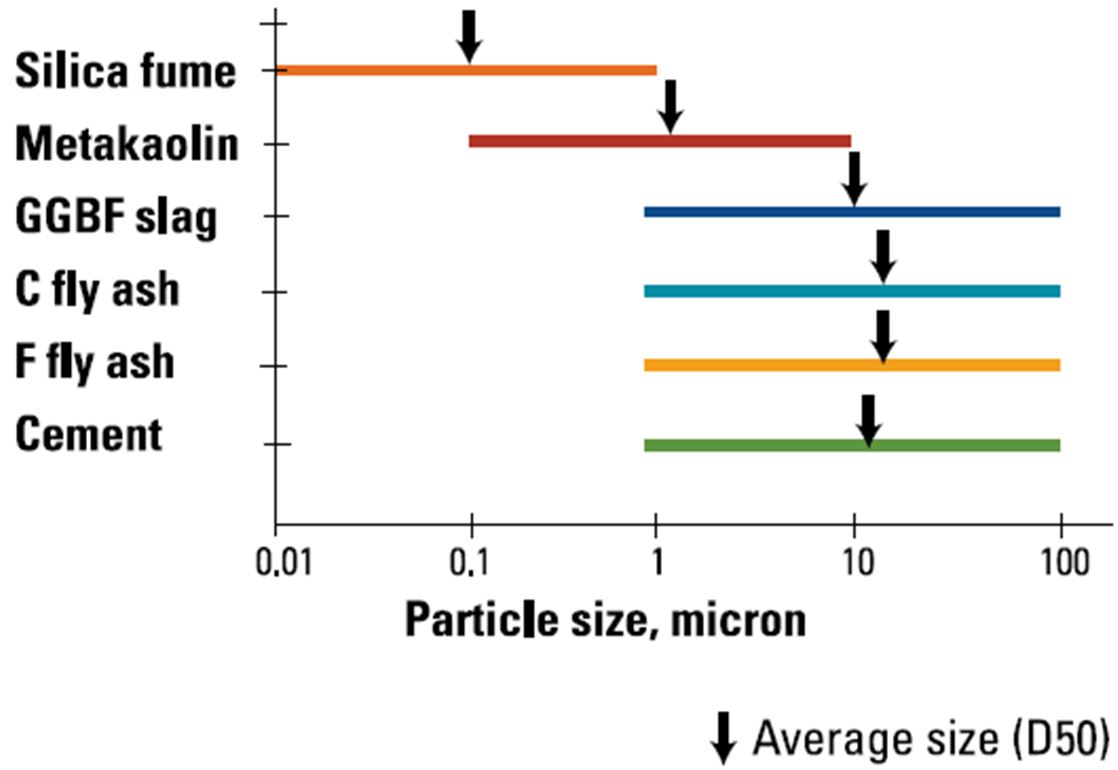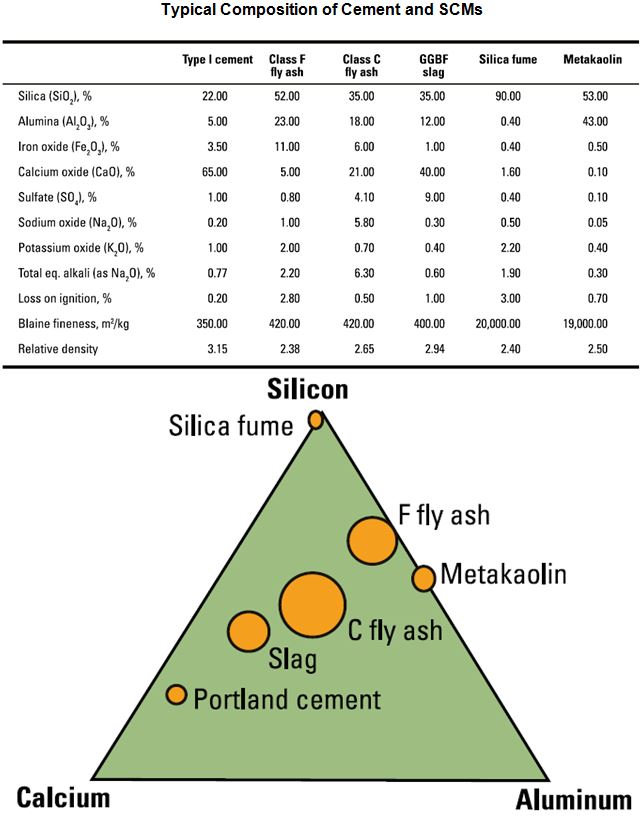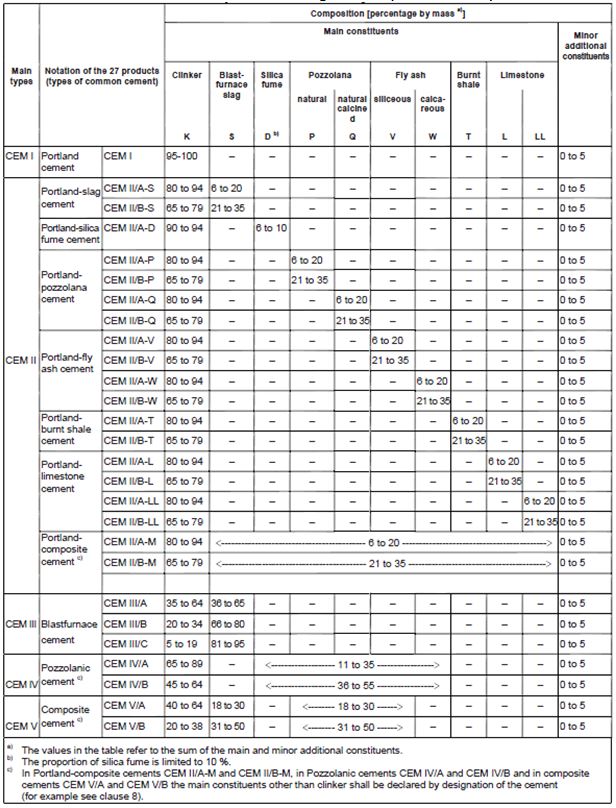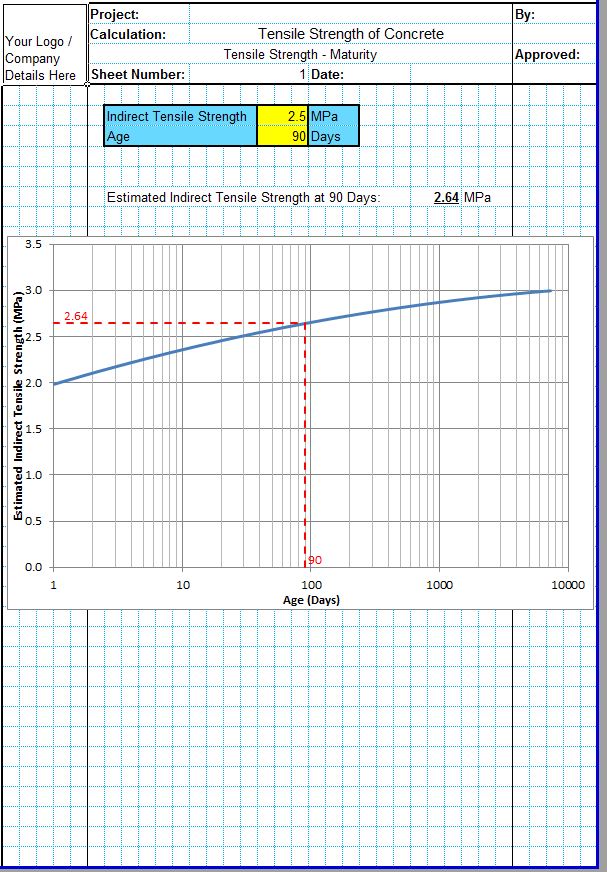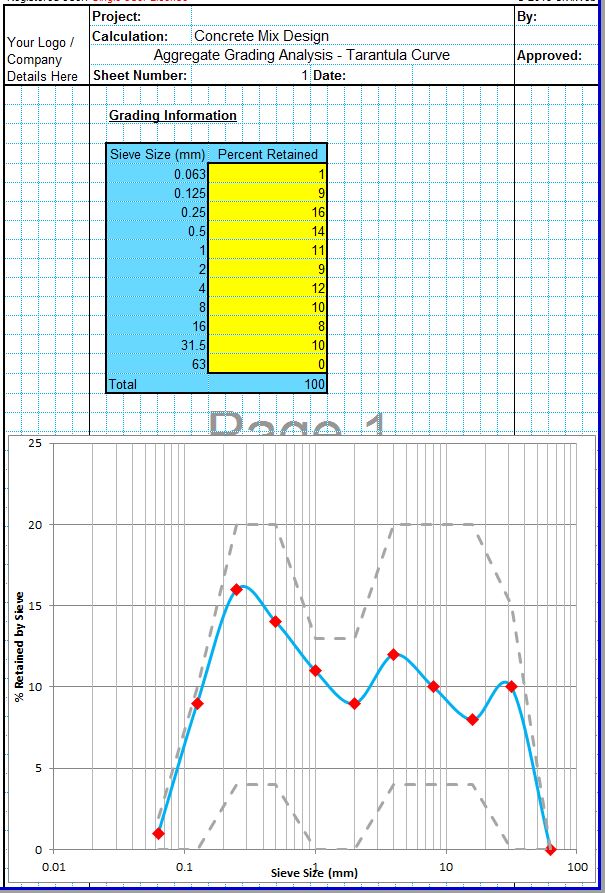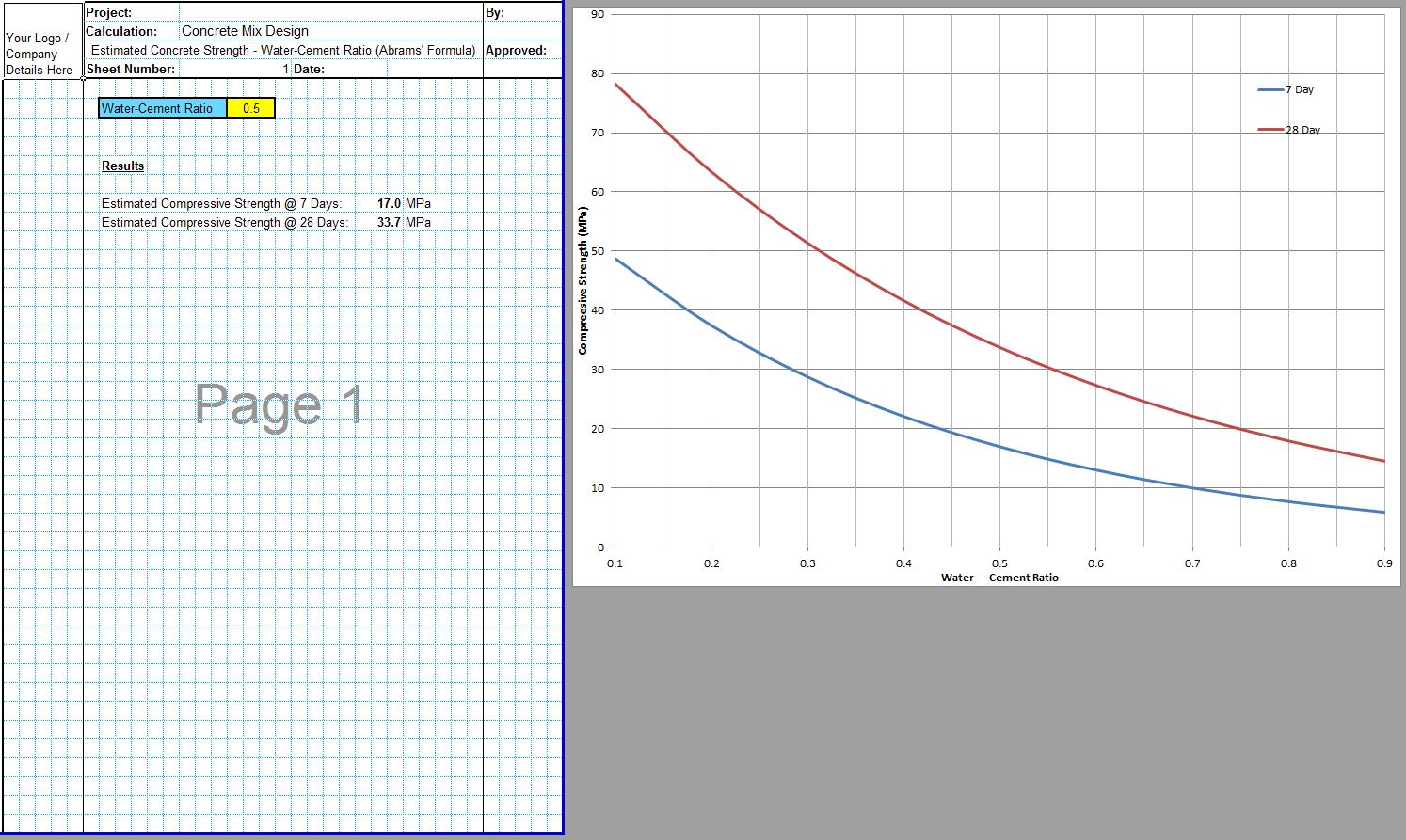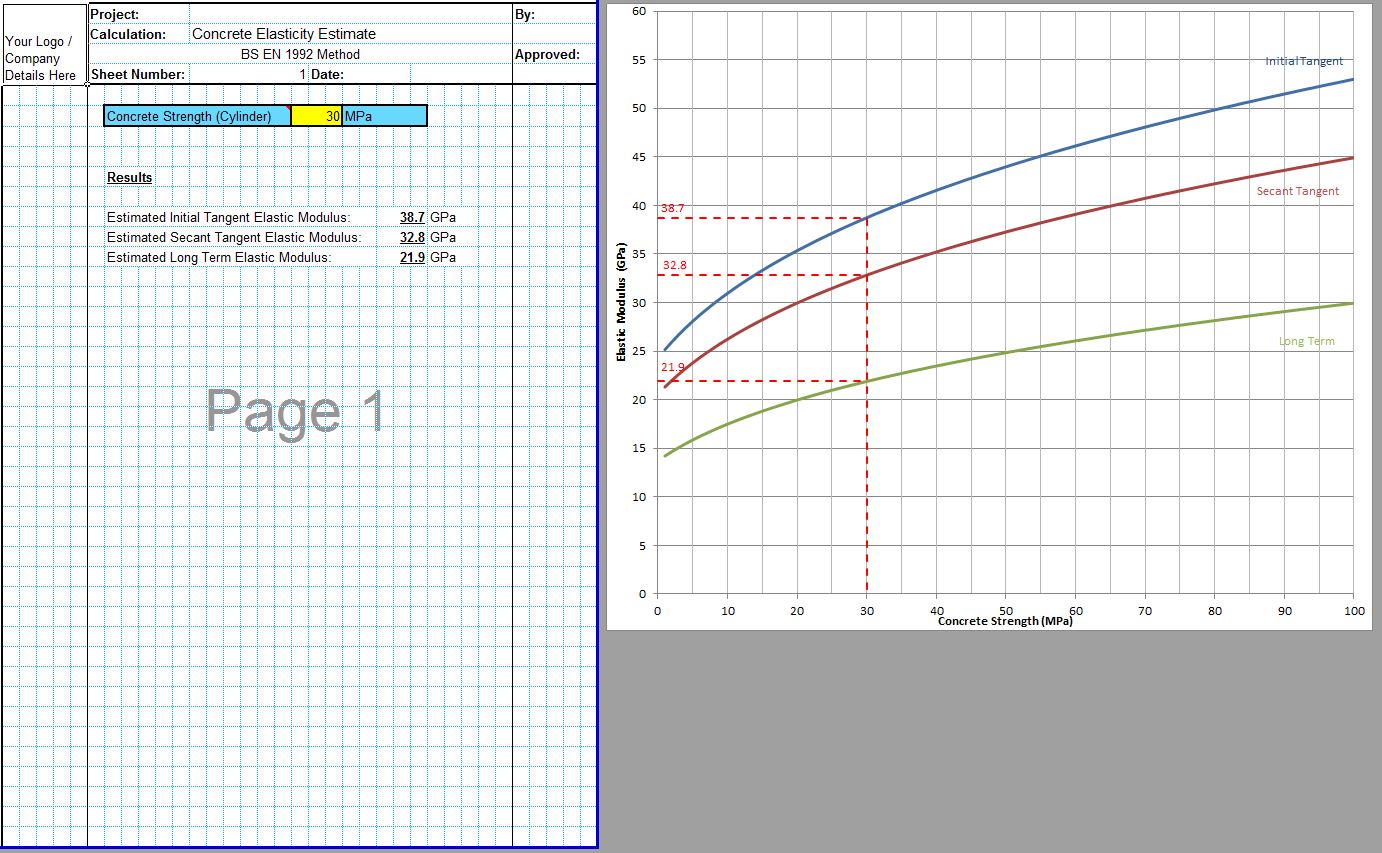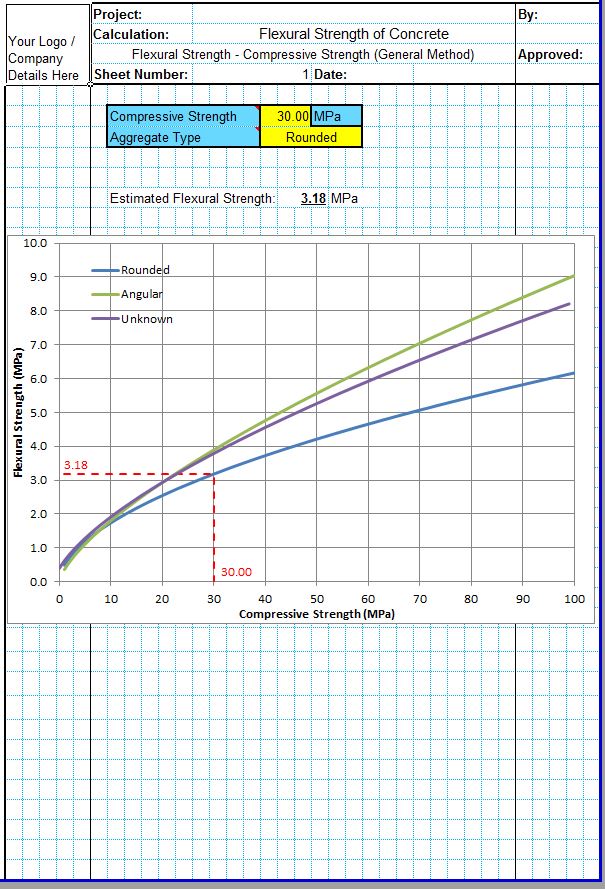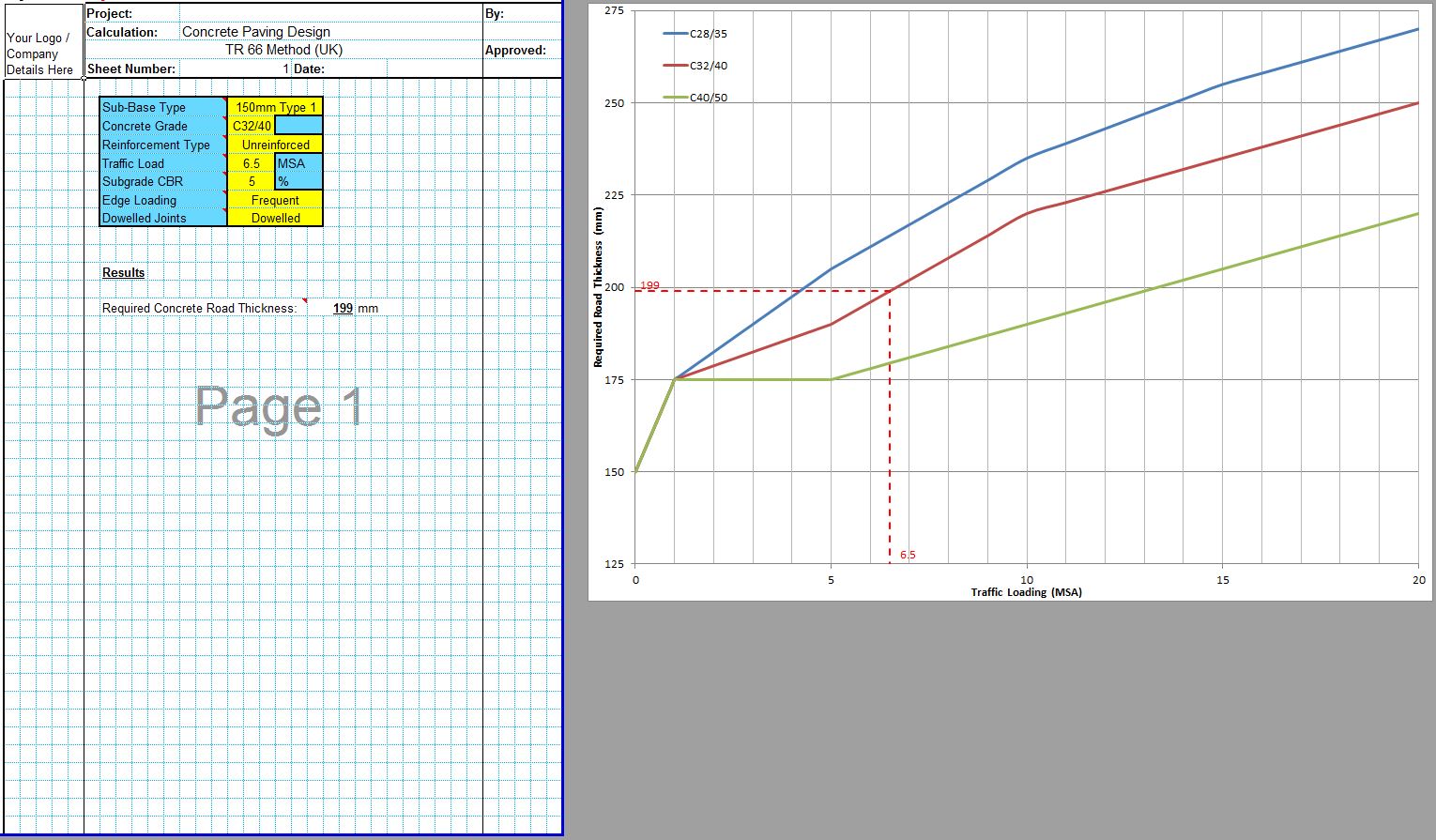Silica fume concrete describes concrete mixes with significant quantities of silica fume. Silica fume is also often known as microsilica or micro silica, particularly in the UK. Silica fume concrete has a number of special qualities including high strength, low permeability and high abrasion resistance.
Silica Fume Properties
Microsilica is a byproduct from the production of silicon metal and alloys. It is produced by condensing the vapours released during the ferrosilicon smelting process. This produces extremely fine particles, as shown in the below diagram.
Silica fume consists almost entirely of silica as shown in the below tables. As such it does not react in the same way as Fly Ash and GGBS which are closer in composition to Portland cement. Adding microsilica does not directly affect the setting time of the concrete and will increase the early age strength.
Effect of Silica Fume in Concrete
Silica fume concrete is more expensive than GGBS or Fly Ash concrete and increases the overall costs of the concrete where other supplementary cementitious materials reduce the costs. However microsilica in concrete has several beneficial effects on the concrete produced including higher strength, lower permeability and greater abrasive resistance. The effects of use of silica fume in concrete are detailed below;
- Use of silica fume cement can reduce the workability of the fresh concrete, increasing the water requirements. Often superplasticizers are used to improve workability of microsilica concrete mixes. Care should be taken when designing silica fume concrete mixes to ensure that the mix is sufficiently workable.
- Bleed water is often significantly reduced. This is usually beneficial except when the concrete is to be placed during hot weather. This is particularly an issue for concrete pavements, slabs and other concrete members with a large open surface area.
- The early age and final strength of condensed silica fume concrete will be significantly improved. This can be useful where high early strengths are required.
- Micro silica concrete is significantly less permeable than conventional concrete and less permeable than mixes including other SCMs such as Fla Ash or GGBS. This gives the concrete greater resistance to chloride and sulfate ingress and therefore better durability where these factors are important.
- The dense surface of micro silica concrete also makes it more resistant to abrasive actions. This can be useful for concrete pavements subjected to abrasive actions from hard wheeled vehicles for example.
Use of Microsilica in Concrete
The condensed silica fume content of the concrete should be between 6% and 10%. In many cases the added cost will not justify the increase in strength. However where particularly resilient, high strength concrete is required silica fume concrete can be cost effective. This is particularly the case where a very low permeability is required in aggressive conditions.
